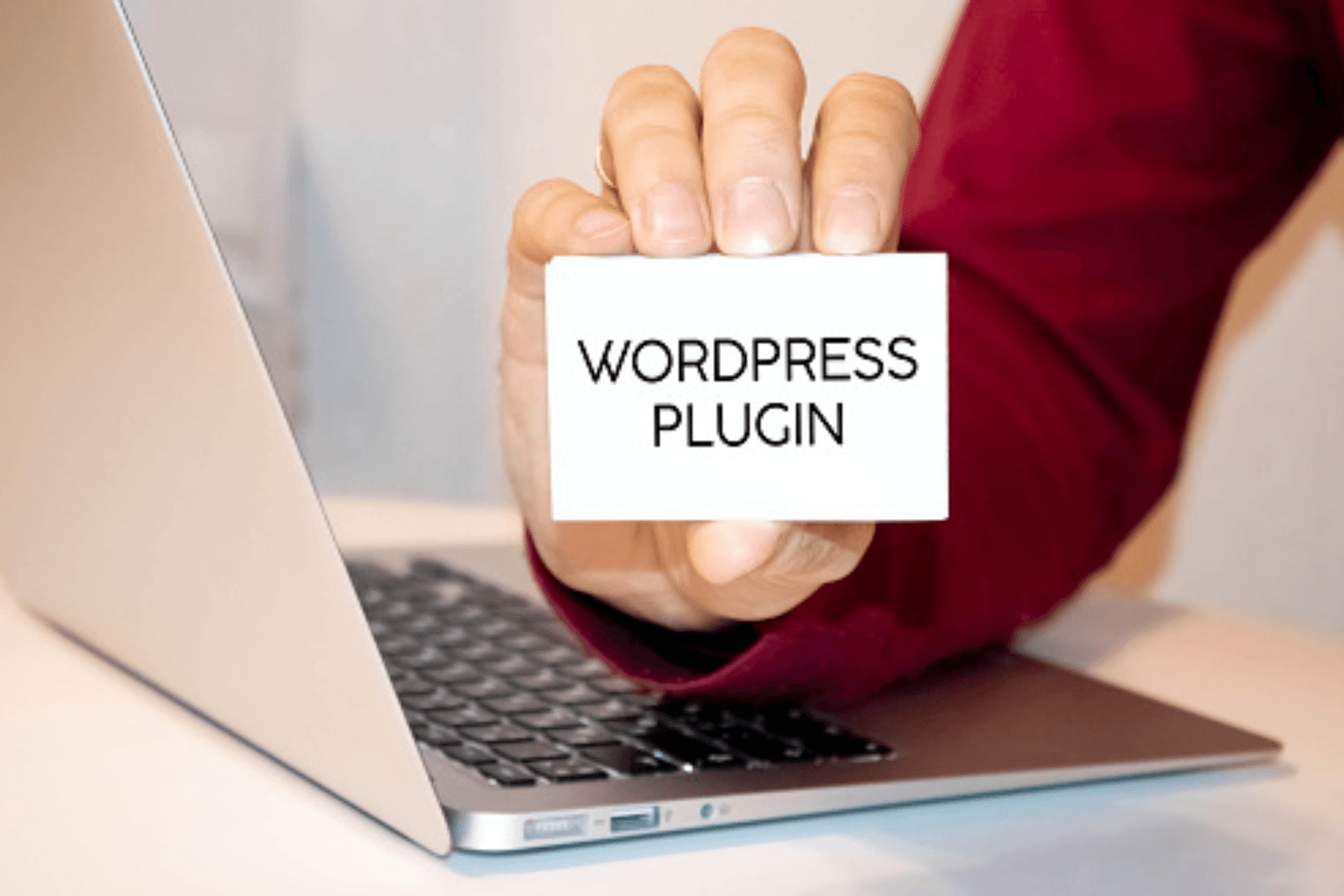
10 Ways To Find New Content Ideas That Never Fail
Have you ever run out of content ideas, or maybe you have some pictures that need to be revised? Unfortunately, this is probably the worst experience regarding your digital marketing. What if I tell you that there are many trusted ways to gear up your content ideas and shine even brighter? Content marketing has a medium through which so many businesses become successful. This alone is enough reason to find insightful ways to develop stunning ideas that never fail on your website and social media channels. Nowadays, there are lots of businesses that operate only online without any physical stores. Therefore, producing the wrong content for such or similar companies can take time to convince people your products are good, even if they are. After looking at why excellent content is essential, let us jump into nine ways to find new ideas that never fail. Peep Into Websites with Content Ideas There are websites you can get free content ideas from. A good example is Quora asks random questions across different industries and topics. Searching for a title or industry name would be best, and many questions and answers will pop up. Then, you can generate content ideas from these results. Create a Huddle of Topics One of the most significant ways that content fails is when made quickly. Although some may be successful, they can be stressful and have a higher probability of failing. The best way to do it is to create bunches of ideas before time. Pictures that will last for a month or two. Brainstorm through them and make the possible adjustments/corrections. This practice will help you reduce multitasking and give you enough time to find engaging strategies. Have a Tour Around Social Media Another excellent source for legit ideas is social media. There are almost limitless chances on social media. Millions of people spend hours online daily, many of whom may be your customers. Social media keeps developing. What works today might not work tomorrow. Also, what’s tending today may go dumb tomorrow. So an excellent way to start is by looking at your followers, what interests them and the people following them. Know who to tag and the hashtags that work. All this information can be vital in generating fail-proof content ideas. Keep an Eye on Competitors’ Websites You aren’t stealing, but yet, you are stealing. In the same way, you can extract ideas from social media, and you can also get ideas from competitors’ websites. Look into their blogs/news section, check for pictures you have yet to think of, check the comments and see what’s working for them. This is important because you are both targeting the same customers. However, it would be best if you did not do precisely what they do. You want to know what works for them and find a way to do it better. Use Suggestions by Google Have you noticed a variety of similar topics popping up when you type something on the Google search bar before clicking enter? These suggestions are based on top searches from the niche of what you ordered. An excellent idea for your next topic may be from Google; give it a try. Connect With Current Events Keep an eye out for events around your community. Find events that you can relate your brand with. This strategy works best on social media. Stick to events around your niche and avoid being controversial. This will help you spot new developments and ideas around your industry and turn them into a blog or news. Use Blog Idea Generator Have you ever tried any blog idea generator for your web content? If yes, check how the content is performing; I’m sure it’s smiles all around. Topic generator platforms help you with blog ideas that people are searching for. They can help you with blog topics for months and even up to a year. However, it may not provide a different issue than you want, but it’s a good starting point to come up with stunning content ideas. Try Interviews and Podcast An interview or Podcast session with enthusiasts in your niche is an excellent way to create content ideas. Short clips can go on platforms like Instagram, Facebook, and TikTok. The entire session can be turned into content ideas for several weeks. Do Product Review This is another great way to generate excellent content. Reviewing products vis videos or tweeting praises goes a long way. The best tip for this type of idea is to think about what people use daily, which can be helpful for your audience. You can also ask your followers about products they can’t do without. A monthly product review can turn out to be your most valuable content.










